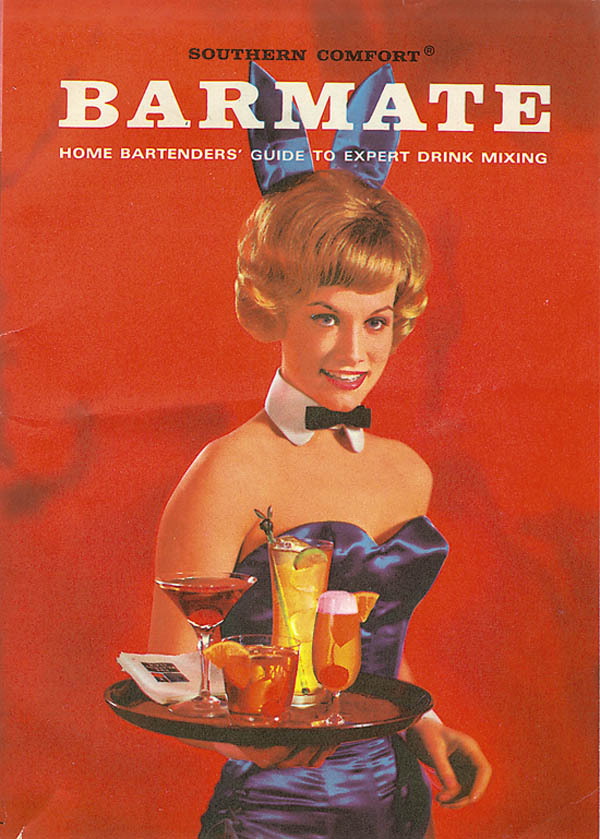Bottoms Up! Barware Of The Swinging '60s
Smack Dab In The Middle: Design Trends Of The Mid-20th Century
Here are the signs.
Youre a guy. Youve developed a penchant for skinny ties, body-hugging chinos, and Brylcreem.
Youre a gal. Flirty A-line skirts have renewed appeal. Flip hairdos with bouncy bangs dont seem nearly as objectionable as they once did.
And no matter who you are, Danish Modern is now your go-to choice in home décor. Accenting all that uncluttered sparseness: the occasional glass or ceramic ashtray, abstract in shape, and gigantic in size.
Face it: youre living in the wrong decade. Perhaps you were inspired by the retro revival look of Mad Men, the TV series set in an early-1960s ad agency. Although Mad Men shook its last martini shaker in 2015, the vintage vibes it re-invigorated show no signs of subsiding.
Reinforcing them: this years Academy awards favorite, La La Land. Supposedly, the movie takes place in the present, but who are they kidding? 1960s cosmopolitan cool pervades La La Land, from the soothingly jazzy score to the hazy, dimly lit lounges which call to mind the 1960s flourishing cocktail culture.
It was during the 60s that a snootful of bar glasses, trays, swizzles, and shakers sloshed their way off gift shop shelves and into that brand-new addition to the American household: the at-home bar. Entertaining with a splash took on an entirely new meaning.
For bartending beginners, there were bar guides by the bushelful. With the Happy Hour Mixology/Astrology Guide, readers not only learned how to star at mixing great drinks but also gained enough savvy to be a sharp conversationalist when Happy Hour talk turns to the fascinating subject of Astrology! (Did you know an Old-Fashioned is a lucky libation for Libras? Now theres an ice-breaker!)
Playboy magazine teamed up with Southern Comfort for the 1964 Barmate guide. Promising plenty of party-time cheer, the Playboy-themed Barmate offered cocktail recipes replete with swingin fashion and smooth attraction. Providing both were illustrations of Playboy Bunnies dispensing helpful, drink-making tips: Dont skimp on ice. Drinks should be cold. And ice should be fresh. And, Barmate offered a definitive last word on that age-old question: which drinks should be shaken, and which ones stirred? Said Barmate, Stir drinks made with clear liquors; shake drinks made with hard-to-blend ingredients. . .and shake hard!
Almost every designer of decorative housewares churned out some type of bar accessory. Design motifs ranged from the coolly understated (heraldic images, repeating geometric patterns) to the whimsical (top-hatted tipplers, carousel horses, pink elephants). Of the stacks of glasses crowding their way onto 60s bar shelves, many were the work of designer Georges Briard. Hes become so identified with mid-20th-century housewares (especially gold-decorated glass) that even items not bearing his signature are often classified Briard.
Briard catalogs overflow with page after page of colorfully-named glasses (Forbidden Fruit, Eye Ball, Wet Your Whistle), plus lots and lots of ice buckets, bar trays, snack servers, and ashtrays. He had an uncanny sense of what the at-home entertainer of the 60s wanted: affordable, non-threateningly attractive barware. Briards design hallmarksrepetitive arrangements, often of geometric shapes or nature-based imagesstill retain their hypnotic appeal.
Providing an effective visual counterpoint to the glittering glassware were bar trays of contrasting composition. Most popular: those by Couroc, with hand-inlaid, mosaic-like decorations set against glossy black plastic backgrounds.
Taking a leisurely stroll alongside these more sophisticated offerings was the Polynesian pop culture phenomenon known as Tiki style, a nostalgic look at an island culture that really never was. Its hallmark: rum-laced, fruit-flavored concoctions served up in souvenir mugs. No home bar was complete without at least one ceramic Fu Manchu.
Since barware of the 60s was mass-produced and intended for extensive re-use, much of it remains readily available today, relatively affordable, and in remarkably good shape.
So break out the vintage barware, skewer some fruit, and let the party begin (and dont forget those little paper umbrellas).
Photos by Leslie Piña.
Photo Associate: Hank Kuhlmann.
Donald-Brian Johnson is the co-author, with photographer Leslie Piña, of numerous Schiffer books on design and collectibles. Please address inquiries to donaldbrian@msn.com.














